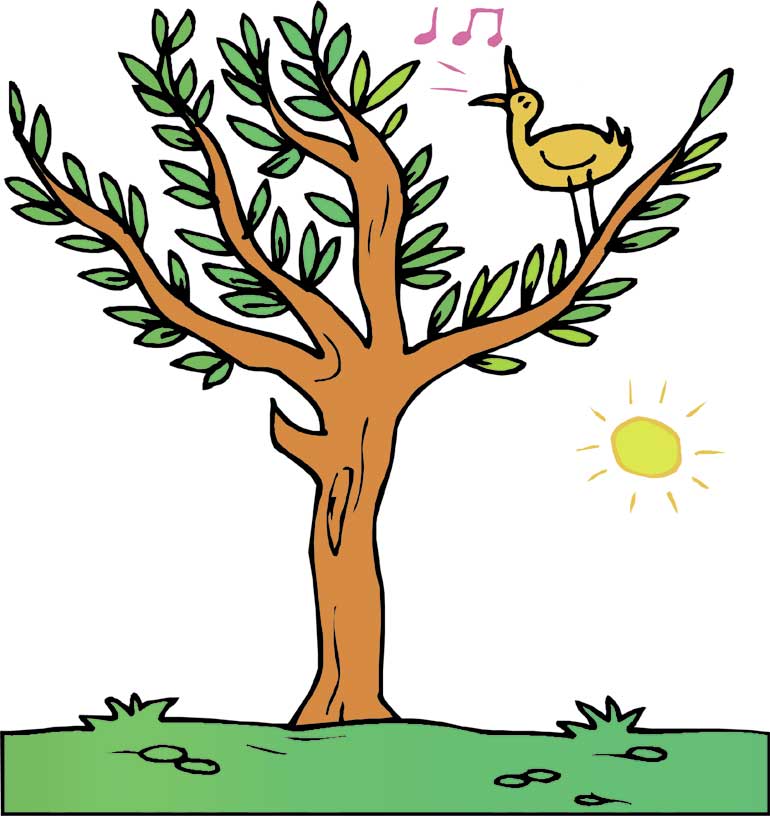Long before my daughter arrived, I dreamed about singing to her. I have sweet memories of my own mother singing me to sleep. Every night, she sat on the edge of my bed and sang to my brother and me in her soft alto voice.
I remember thinking how beautiful she was, with the light from the hall illuminating the curve of her cheek and glowing like a halo in her wavy hair. I wished the moment would never end, but no song lasts forever. I promised myself then that when I had a daughter I would sing to her as long as she wanted.
And so from the first night we brought Tessa home, I held her across my lap in the big oak rocking chair and sang lullabies to her: “Hush, Little Baby,” “Twinkle, Twinkle, Little Star,” and “Rock-a-bye, Baby.” I soon realized a couple of things. First, as charming as “Hush, Little Baby” is, by the time you’ve sung it for about the hundredth time it starts to lose its appeal.
Tedium is not necessarily a liability in a lullaby — it is possible to bore a child to sleep — but it’s hard on the singer. I found myself yearning for a little musical variety.
Second, I learned that Tessa wasn’t one to go gentle into that good night. I had planned to put her to bed with three bedtime stories and three songs, which seemed pretty generous to me; I had work to do, and I wanted to get to bed at a reasonable hour, myself.
But this routine hardly put a dent in her alertness, and I couldn’t bear to leave a baby who had so recently lived in an orphanage to cry herself to sleep. When I vowed that my child would get as many bedtime songs as she wanted, I hadn’t counted on this particular child’s determination. It was going to take more than my tiny repertoire of lullabies to get her to sleep.
Over time, I managed to expand my nighttime playlist, evaluating each song according to Tessa’s personal rating system: She fussed and frowned when she didn’t like a song, and commanded, “Again, Mama,” when she did.
Not every song I auditioned made our lullaby hit parade; I like Gershwin tunes, but Tessa is no jazz baby, so “Embraceable You” didn’t make the final cut. On the other hand, I found that cowboy songs make surprisingly effective lullabies. The lyrics are a bit melancholy, but the rolling rhythms of “Red River Valley,” “I Ride an Old Paint,” and “Down in the Valley” are soothing, like riding a gentle old pony into the sunset.
And the sentimental songs that were popular early in the last century — “Good Night, Ladies,” “Let Me Call You Sweetheart,” “You Are My Sunshine” — are still lovely, even when they’re sung by a solo alto instead of a barbershop quartet.
And Tessa loves the old songs my mother sang to me all those years ago, songs like “The Big Rock Candy Mountain,” “I’ve Been Working on the Railroad,” and “The Riddle Song”:
How can there be a cherry that has no stone? How can there be a chicken that has no bone? How can there be a story that has no end? How can there be a baby with no cryin’?
Tessa is five now, too big to hold across my lap; her long legs hang over the arms of the rocking chair, so I sing to her in bed. After she finally relaxes her hold on the day and her breathing grows deep and regular, I linger a while longer.
I sit on the edge of her bed thinking how beautiful she is, with the light from the hall illuminating the curve of her cheek and shining like lacquer on her sleek hair. I wish the moment would never end, but no childhood lasts forever. And so I try to make memories that will.
A cherry when it’s bloomin’, it has no stone
A chicken when it’s pippin’, it has no bone
The story of ‘I love you,’ it has no end
A baby when it’s sleepin’, there’s no cryin’.



